

Articles
How To Store Food Without Plastic
Modified: October 22, 2024
Discover eco-friendly alternatives for storing food without plastic with our informative articles. Learn how to reduce waste and protect the environment.
(Many of the links in this article redirect to a specific reviewed product. Your purchase of these products through affiliate links helps to generate commission for Storables.com, at no extra cost. Learn more)
Introduction
Plastic has become an integral part of our everyday lives, especially when it comes to food storage. However, due to its harmful effects on the environment and our health, more and more people are seeking alternative options for storing their food without the use of plastic. Not only does this help reduce waste and pollution, but it also ensures that our food remains safe and free from chemical contaminants.
In this article, we will explore the benefits of storing food without plastic and provide you with alternative options that are both practical and eco-friendly. Whether you’re looking to minimize your plastic usage or simply want to try something new, these alternatives will not only help preserve the freshness of your food but also contribute to a greener and healthier lifestyle.
Key Takeaways:
- Reduce plastic waste, preserve food quality, and promote a healthier lifestyle by embracing plastic-free food storage options such as glass containers, stainless steel containers, silicone bags, beeswax wraps, and cloth or paper bags.
- Embrace sustainable hydration with stainless steel or glass water bottles, reduce plastic waste, and prioritize health and environmental well-being. Incorporate eco-friendly food storage options and implement practical tips for a greener, plastic-free lifestyle.
Read more: How To Store Bread Without Plastic
Benefits of Storing Food Without Plastic
There are several compelling reasons to consider storing your food without plastic:
- Reduced Plastic Waste: Plastic is notorious for its long lifespan and inability to break down easily. By opting for alternative food storage options, you can significantly reduce the amount of plastic waste that ends up in landfills, oceans, and ecosystems.
- Healthier Food Choices: Plastic containers, especially those made with harmful chemicals like BPA (Bisphenol A), can leach toxins into your food. By using non-plastic storage options, you can ensure that your food remains free from these harmful chemicals, leading to healthier and safer meals.
- Preservation of Food Quality: Plastic containers are often prone to staining, absorbing odors, and retaining moisture, which can compromise the quality and taste of your food. Alternative storage options, such as glass containers or silicone bags, offer better protection against these issues, keeping your food fresh for longer.
- Eco-Friendly Solution: Plastic production contributes to greenhouse gas emissions and relies heavily on non-renewable fossil fuels. By reducing your reliance on plastic for food storage, you can help decrease your carbon footprint and contribute to a more sustainable future.
- Stylish and Versatile: Non-plastic food storage options come in a variety of designs and materials, allowing you to choose containers that match your personal style and suit your specific needs. This versatility adds a touch of aesthetic appeal to your kitchen while providing functional solutions for storing your food.
By considering these benefits, you can see how storing food without plastic not only benefits the environment but also promotes a healthier and more sustainable lifestyle. Now, let’s explore some alternative options for plastic-free food storage.
Alternative Options for Food Storage
When it comes to food storage without plastic, there are several alternative options available that can effectively preserve the freshness of your food:
- Glass Containers: Glass containers are a popular choice for plastic-free food storage. They are non-toxic, non-porous, and do not absorb odors or flavors. Glass containers come in various shapes and sizes, making them versatile for storing both dry and wet ingredients. They are also safe to use in the oven, microwave, and dishwasher.
- Stainless Steel Containers: Stainless steel containers are another excellent option for plastic-free food storage. They are durable, lightweight, and resistant to rust and corrosion. Stainless steel containers are suitable for storing leftovers, snacks, and even liquids. They are also easy to clean and maintain.
- Silicone Storage Bags: Silicone storage bags are a sustainable alternative to plastic bags. Made from food-grade silicone, these bags are reusable, freezer-safe, and can be easily washed. They are perfect for storing sandwiches, snacks, and even liquids. Silicone bags are also microwave-safe and can withstand low and high temperatures.
- Beeswax Wraps: Beeswax wraps are a natural and biodegradable alternative to plastic wrap. They are made by infusing cotton fabric with beeswax, jojoba oil, and tree resin. Beeswax wraps are flexible, water-resistant, and can be molded around bowls, fruits, vegetables, and sandwiches to keep them fresh. They can be washed and reused for up to a year.
- Parchment Paper or Wax Paper: Parchment paper or wax paper can be used as a temporary alternative for plastic wrap or bags. They are grease-resistant, non-toxic, and can be used to wrap sandwiches, snacks, or cover bowls. However, keep in mind that these papers are single-use and not suitable for long-term storage.
- Cloth or Paper Bags: Cloth or paper bags are ideal for storing dry ingredients like grains, nuts, and seeds. They are breathable and help maintain the freshness of these ingredients. Cloth bags can be washed and reused, while paper bags are compostable and biodegradable.
- Stainless Steel or Glass Water Bottles: Plastic water bottles contribute to the global plastic pollution crisis. Switching to stainless steel or glass water bottles is an eco-friendly option. These bottles are durable, reusable, and do not leach harmful chemicals into your beverages.
By utilizing these alternative options for food storage, you can significantly reduce your plastic usage and make a positive impact on the environment. However, it’s important to incorporate some food storage tips and tricks to ensure the best results. Let’s explore them in the next section.
Glass Containers
Glass containers are a reliable and popular choice for plastic-free food storage. They offer several advantages and are a versatile option for storing a wide variety of food items.
One of the key benefits of using glass containers is that they are non-toxic and free from harmful chemicals, unlike some plastic containers that can leach toxins into your food. Glass is a non-porous material, so it won’t absorb odors, flavors, or stains from your food. This means you can store a variety of foods without worrying about residual aromas or taste transfer.
Glass containers are also great at preserving the freshness of your food. They provide a tight seal, keeping air out and preventing moisture from getting in. This helps to maintain the flavor, texture, and quality of your food for a longer period of time.
Another advantage of glass containers is their versatility. They come in various shapes and sizes, from small jars to larger storage containers. This allows you to store different types of food, including leftovers, snacks, dry ingredients, or even liquids.
Glass containers are also oven-safe, microwave-safe, and dishwasher-safe, making them a convenient option for both storing and reheating food. You can easily transfer your leftovers from the fridge to the oven without having to transfer them to another container.
When it comes to organizing your pantry or refrigerator, glass containers offer a clear advantage. They are transparent, allowing you to see the contents of your containers at a glance. This makes it easy to locate specific ingredients or leftovers, reducing the need for rummaging through containers and wasting time.
When using glass containers, it’s important to handle them with care. Although glass is a durable material, it can break if dropped or exposed to sudden temperature changes. Be sure to use containers that are made specifically for food storage and avoid using damaged or chipped glass containers.
Overall, glass containers are an excellent choice for plastic-free food storage. They provide a safe and sustainable option, allowing you to store your food without worrying about chemicals or environmental impact. Consider incorporating glass containers into your kitchen storage routine for a greener and healthier approach to food storage.
Stainless Steel Containers
Stainless steel containers are a durable and eco-friendly alternative to plastic containers for food storage. They offer a range of benefits and are a popular choice for those looking to reduce their plastic footprint.
One of the key advantages of stainless steel containers is their durability. They are made from a corrosion-resistant material, making them long-lasting and resistant to rust or staining. This means you can reuse them for many years, reducing the need for single-use plastic containers.
Stainless steel is also a safe and non-toxic option for storing food. Unlike some plastic containers that may leach harmful chemicals into your food, stainless steel does not react with acidic or oily foods and does not alter the taste or quality of your meals.
These containers have excellent temperature retention properties, meaning they can keep your food warm or cold for longer periods. For example, stainless steel lunch containers can help keep your meals hot until lunchtime or keep your salads and fruits chilled during the day.
Stainless steel containers are versatile and can be used to store a variety of food items. They are suitable for storing leftovers, meal prepping, packing lunches, or even storing dry pantry essentials like flour, rice, or snacks. Some stainless steel containers also come with leak-proof lids, allowing you to safely store liquids without the risk of spills.
These containers are easy to clean and maintain. They are dishwasher-safe, or you can simply wash them with warm soapy water. Stainless steel containers can resist odors and stains, and they do not retain food flavors or residue, making them a hygienic option for food storage.
When choosing stainless steel containers, look for ones made from food-grade stainless steel, as this ensures they meet the highest safety standards for storing food. Additionally, make sure the containers have tight-sealing lids to prevent air and moisture from entering.
By incorporating stainless steel containers into your food storage routine, you can eliminate the use of plastic and enjoy the benefits of a durable, non-toxic, and environmentally friendly alternative. Consider investing in a set of stainless steel containers to enhance your sustainable kitchen practices.
Silicone Storage Bags
Silicone storage bags provide a convenient and reusable alternative to plastic bags for food storage. Made from food-grade silicone, these bags offer several benefits and are an excellent choice for those looking to reduce their plastic waste.
One of the key advantages of silicone storage bags is their durability. They are designed to withstand repeated use, making them a long-lasting option. Unlike single-use plastic bags that need to be discarded after one use, silicone bags can be reused multiple times, reducing waste and saving money in the long run.
These bags are freezer-safe, meaning you can store them in the freezer to keep your food fresh for longer. They are also microwave-safe, allowing you to heat up leftovers directly in the bag. This versatility makes them a convenient option when it comes to storing and reheating food.
Silicone bags are easy to clean and maintain. Most are dishwasher-safe, or you can simply wash them with warm soapy water. Unlike plastic bags, silicone bags don’t absorb odors or stains, ensuring that your food tastes fresh every time you use them.
Another benefit of silicone bags is their leak-proof design. The bags have a sturdy and airtight seal, preventing leaks and spills. This makes them ideal for storing liquids such as soups, sauces, or marinades without the risk of them leaking and causing a mess.
When using silicone storage bags, it’s important to choose options that are made from food-grade silicone. This ensures that the bags are free from harmful chemicals and safe to use with food. Be sure to check that the bags are BPA-free and certified to meet food safety standards.
While silicone bags provide an eco-friendly alternative to plastic bags, it’s important to note that they are not biodegradable. However, their reusable nature significantly reduces the amount of plastic waste generated compared to disposable plastic bags.
Incorporating silicone storage bags into your kitchen can help reduce your plastic usage and contribute to a more sustainable lifestyle. Consider adding a few silicone bags to your collection of food storage options for a greener and more convenient way to store your food.
Use glass containers or stainless steel tins to store food without plastic. These materials are durable, non-toxic, and can be easily cleaned and reused.
Beeswax Wraps
Beeswax wraps offer a natural and eco-friendly alternative to plastic wraps for food storage. Made from cotton fabric infused with beeswax, jojoba oil, and tree resin, these wraps provide a sustainable option that can be reused again and again.
One of the key advantages of beeswax wraps is their ability to mold and adhere to the shape of your food or container. The warmth of your hands softens the wrap, allowing you to wrap it around fruits, vegetables, sandwiches, or bowls. The natural stickiness of the beeswax helps to create a seal, keeping your food fresh.
Beeswax wraps are breathable, which means they allow your food to stay fresh while still preventing it from drying out. This enables fruits and vegetables to retain their moisture and vitality for longer periods, reducing food waste.
One of the unique benefits of beeswax wraps is that they are customizable. You can easily cut them to size to fit your specific food storage needs. Whether you want to cover a small bowl or wrap a larger item, you have the flexibility to create the perfect-sized wrap.
These wraps are not only practical, but they also add a touch of natural beauty to your kitchen. Beeswax wraps often come in various vibrant designs and patterns, elevating the aesthetics of your food storage practices.
Beeswax wraps are reusable and can last for up to a year with proper care. After use, simply wash them with mild soap and cold water, and air dry. Avoid using hot water or harsh detergents, as this can remove the beeswax coating. When the wrap starts to show signs of wear, you can refresh it by applying a thin layer of melted beeswax mixture.
It’s important to note that beeswax wraps are not suitable for storing raw meat or hot liquids. However, they are perfect for covering bowls, wrapping sandwiches, fruits, vegetables, cheese, and bread.
By using beeswax wraps, you can significantly reduce your reliance on single-use plastic wraps and contribute to a more sustainable way of storing food. Consider incorporating beeswax wraps into your kitchen routine for a greener, plastic-free solution.
Parchment Paper or Wax Paper
Parchment paper or wax paper can serve as a temporary alternative to plastic wrap or bags for food storage. While they are not as sustainable as some other options, they can still be a useful tool in reducing plastic waste.
Both parchment paper and wax paper are non-toxic and safe to use with food. They are often used for baking purposes, but they can also be utilized for food storage, particularly for wrapping or covering various items.
Parchment paper is a silicone-coated paper that is grease-resistant, heat-resistant, and non-stick. It can be used to wrap sandwiches, cover bowls, or line baking sheets. It is also microwave-safe, making it convenient for reheating leftovers directly in the paper.
Wax paper, on the other hand, has a thin layer of wax coating on both sides. It is moisture-resistant and can be used for wrapping foods such as sandwiches, cheese, or leftovers. Wax paper is not suitable for use in the oven or microwave, as the wax coating may melt or ignite.
It’s important to note that parchment paper and wax paper are single-use options and should not be relied upon as a long-term plastic-free solution. Additionally, while they are biodegradable, they are not compostable due to the wax or silicone coating. It is best to dispose of them in the regular trash.
When using parchment paper or wax paper, ensure that the food is properly wrapped or covered to prevent air exposure and maintain the freshness of the food. Store the wrapped items in a cool, dry place or in the refrigerator as needed.
While parchment paper and wax paper may not be the most sustainable options for plastic-free food storage, they can still provide a temporary solution, especially if you run out of other alternatives. However, it’s always advisable to explore more environmentally friendly options whenever possible.
Consider using parchment paper or wax paper sparingly and explore other options mentioned in this article for a more sustainable approach to food storage without relying on single-use plastics.
Cloth or Paper Bags
Cloth and paper bags are a simple and sustainable option for plastic-free food storage, particularly for dry ingredients.
Cloth bags, often made from cotton or other natural fibers, are breathable and allow air circulation around the stored items. This helps to maintain the freshness of dry pantry essentials such as grains, nuts, seeds, and dried herbs. Cloth bags are washable and can be reused many times, making them an eco-friendly choice.
Paper bags are another option for dry ingredient storage. Opt for bags made from recycled paper or those that are easily compostable. Paper bags are ideal for storing items like flour, sugar, rice, or pasta. They are best used in a cool, dry place to prevent moisture and insect infiltration.
When using cloth or paper bags, label them with the contents and date of storage to help with organization and rotation of your pantry items.
Both cloth and paper bags have the advantage of being biodegradable and compostable, reducing environmental impact. However, they are not suitable for storing liquids or moist foods as they are not waterproof.
These bags can also be used for shopping or transporting food items. By using your own cloth or paper bags instead of single-use plastic bags, you can contribute to reducing plastic waste in your daily life.
Remember to wash and dry cloth bags regularly to maintain cleanliness and avoid cross-contamination of food items.
Consider incorporating cloth or paper bags into your pantry organization and shopping routine for a more sustainable and plastic-free approach to food storage.
Read more: How To Store Kale In Fridge Without Plastic
Stainless Steel or Glass Water Bottles
Plastic water bottles contribute significantly to environmental pollution, making it essential to find sustainable alternatives for hydration. Stainless steel and glass water bottles are excellent choices that offer both practicality and eco-friendliness.
Stainless steel water bottles are durable, lightweight, and easy to carry. They are resistant to dents and scratches, making them perfect for outdoor activities, sports, or everyday use. Stainless steel is a non-porous material, meaning it does not retain flavors or odors from your drinks. It also does not leach harmful chemicals into your beverages, ensuring that your drinks remain fresh and safe to consume. Stainless steel bottles are easy to clean, dishwasher-safe, and free from the risk of breakage. Additionally, insulated stainless steel bottles can keep your drinks cold or hot for extended periods, adding convenience to your hydration needs.
Glass water bottles offer an eco-friendly and stylish alternative to plastic. They are made from non-toxic, BPA-free materials, ensuring the purity of your beverages. Glass is impermeable, meaning it does not absorb any flavors or release any harmful chemicals into your drinks. This makes glass bottles an ideal choice for water, juices, or even herbal infusions. Glass bottles are easy to clean, and their transparency allows you to easily see the contents and gauge how much is left. It’s important to note that glass bottles may be more suitable for indoor or office use, as they can be more fragile compared to stainless steel bottles.
Using stainless steel or glass water bottles helps reduce plastic waste and prevents the consumption of potentially harmful chemicals found in disposable plastic water bottles. They also promote healthier hydration habits by encouraging the consumption of water and other beverages without the added concern of ingesting harmful toxins.
Remember to maintain the cleanliness and hygiene of your stainless steel or glass bottles by washing them regularly with warm soapy water or using bottle brushes for thorough cleaning. Avoid using harsh chemicals or abrasive materials that can scratch the surface of glass or stainless steel.
By switching to stainless steel or glass water bottles, you can protect the environment, prioritize your health, and embrace a more sustainable and responsible approach to staying hydrated.
Food Storage Tips and Tricks
When it comes to storing food without plastic, there are several tips and tricks that can help maximize freshness, reduce waste, and maintain the quality of your food:
- Properly seal containers: Ensure that your chosen containers have airtight seals to prevent air from entering and food from spoiling.
- Label and date: Label your containers or bags with the contents and date of storage. This will help you keep track of the freshness and rotation of your food items.
- Store in appropriate conditions: Different foods have specific storage requirements. Some foods, like fruits and vegetables, benefit from being stored in a cool, dry place, while others, like herbs, may prefer a slightly humid environment.
- Utilize the refrigerator efficiently: Properly organize your refrigerator to optimize food storage. Keep items that are prone to spoilage, like dairy products or leftovers, at a colder temperature in the back, and place fruits and vegetables in designated drawers.
- Maximize freezer storage: Use freezer-safe containers or bags to store food in the freezer for long-term preservation. Remove excess air from storage bags to prevent freezer burn.
- Rotate your pantry items: When storing dry pantry staples like grains, nuts, and spices, practice the “first in, first out” method. Use older items before newer ones to prevent them from going stale.
- Consider portioning: If you know you won’t use an entire package of food at once, consider portioning it out before storing. This will help reduce food waste and make it easier to grab the desired amount when needed.
- Repurpose jars and containers: Reuse glass jars or other suitable containers for storing leftovers or smaller quantities of food. This reduces the need for additional storage options and promotes sustainability.
- Don’t forget about composting: If you have food scraps or non-edible parts (like peels or bones), consider composting them rather than throwing them away. Composting helps reduce waste and creates nutrient-rich soil for gardening.
Implementing these tips and tricks will not only help you store food without plastic but also extend the life of your food, reduce waste, and promote a more sustainable and organized approach in your kitchen.
Remember, the goal is to find the right balance between effective food storage and minimizing plastic usage. Experiment with different options and techniques to discover what works best for you and your lifestyle.
Conclusion
Storing food without plastic is not only beneficial for the environment but also promotes a healthier and more sustainable way of living. By opting for alternative options, you can minimize waste, reduce exposure to harmful chemicals, and maintain the freshness and quality of your food.
We have explored a variety of plastic-free food storage options, including glass containers, stainless steel containers, silicone storage bags, beeswax wraps, parchment paper or wax paper, cloth or paper bags, and stainless steel or glass water bottles. Each of these options offers its own unique advantages, whether it be durability, versatility, or eco-friendliness.
Incorporating these alternatives into your food storage routine may require a shift in habits, but the positive impact on the environment and your health is well worth it. Remember to utilize proper sealing, labeling, and storage techniques to maximize the shelf life of your food and minimize waste.
By making conscious choices and reducing our reliance on plastic, we contribute to a greener and more sustainable planet. Every small action counts, and together, we can make a significant difference for future generations.
So, whether you choose to stock your pantry with glass containers, pack your lunches in stainless steel containers, or wrap your sandwiches in beeswax wraps, know that you are taking a step towards a plastic-free lifestyle. Start making the switch today and enjoy the benefits of healthier food storage and a cleaner planet.
Frequently Asked Questions about How To Store Food Without Plastic
Was this page helpful?
At Storables.com, we guarantee accurate and reliable information. Our content, validated by Expert Board Contributors, is crafted following stringent Editorial Policies. We're committed to providing you with well-researched, expert-backed insights for all your informational needs.
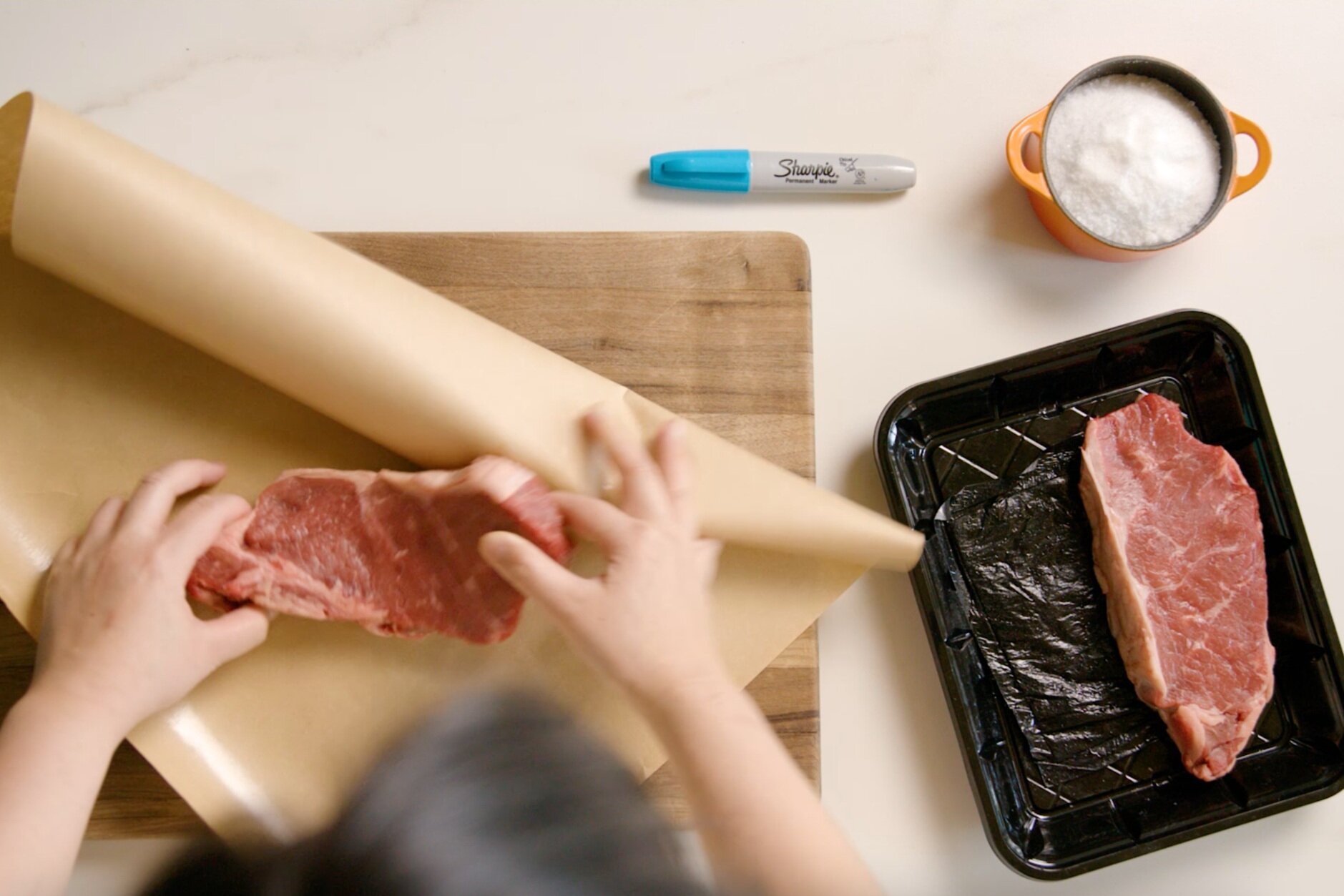
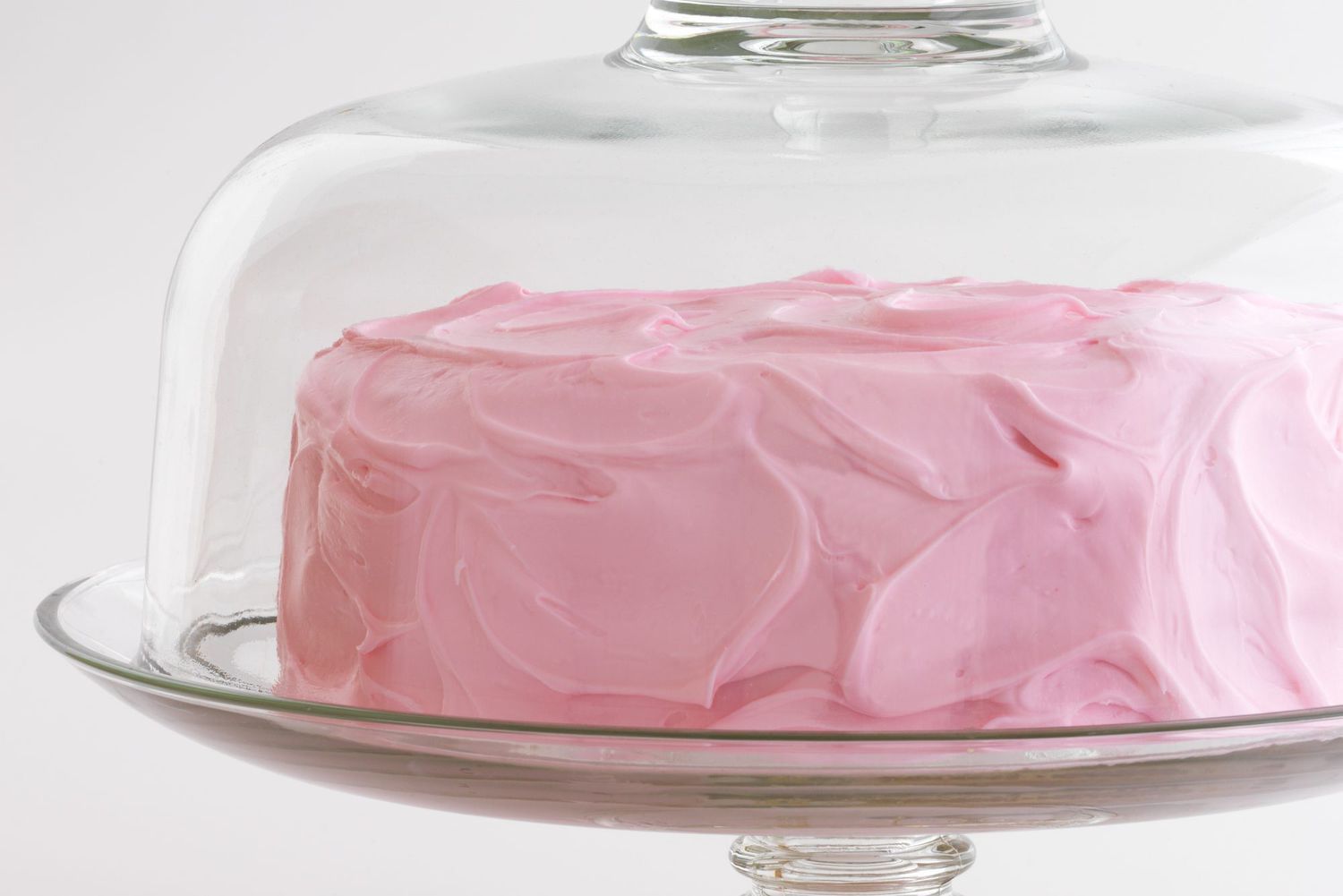
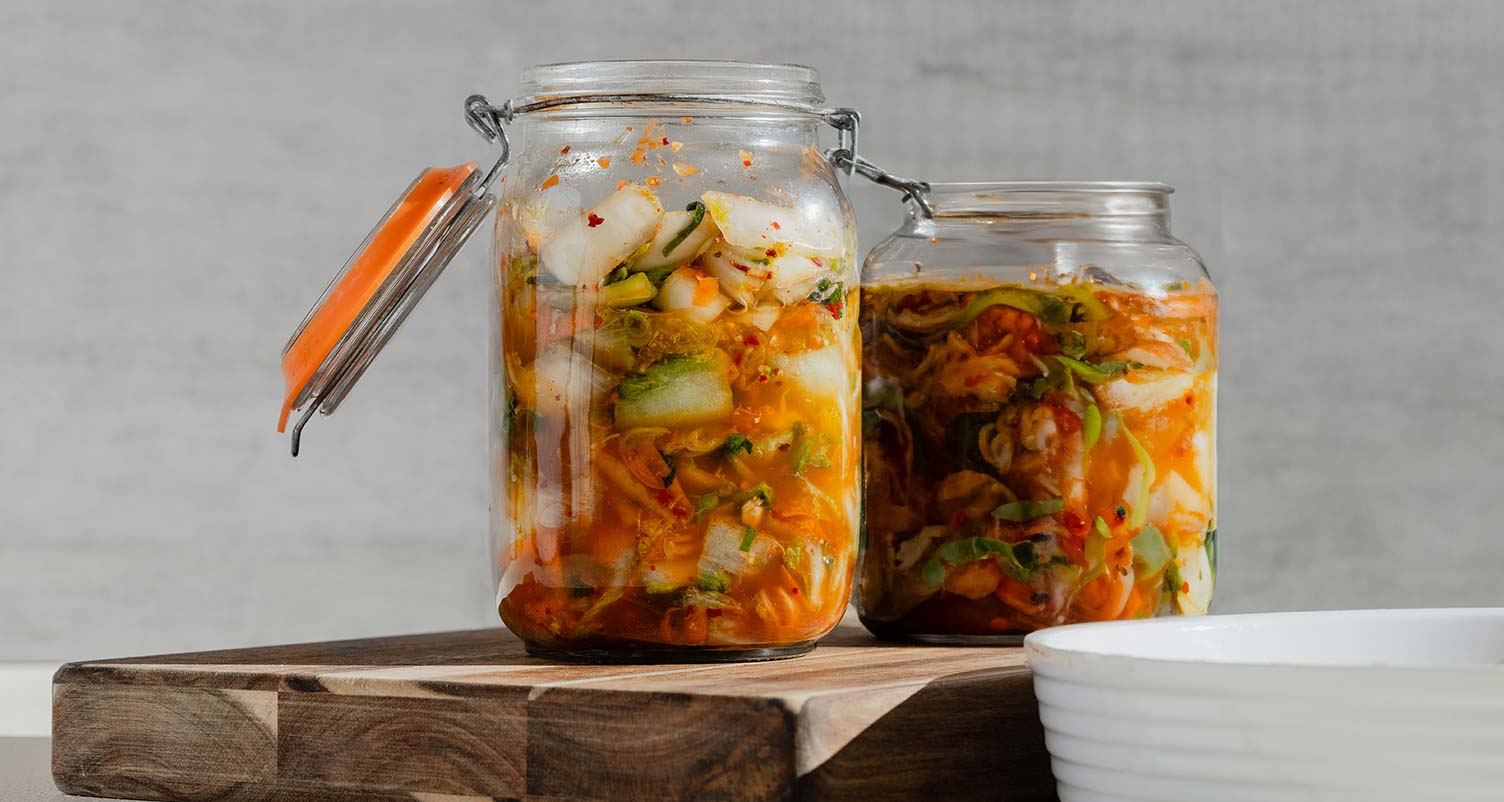
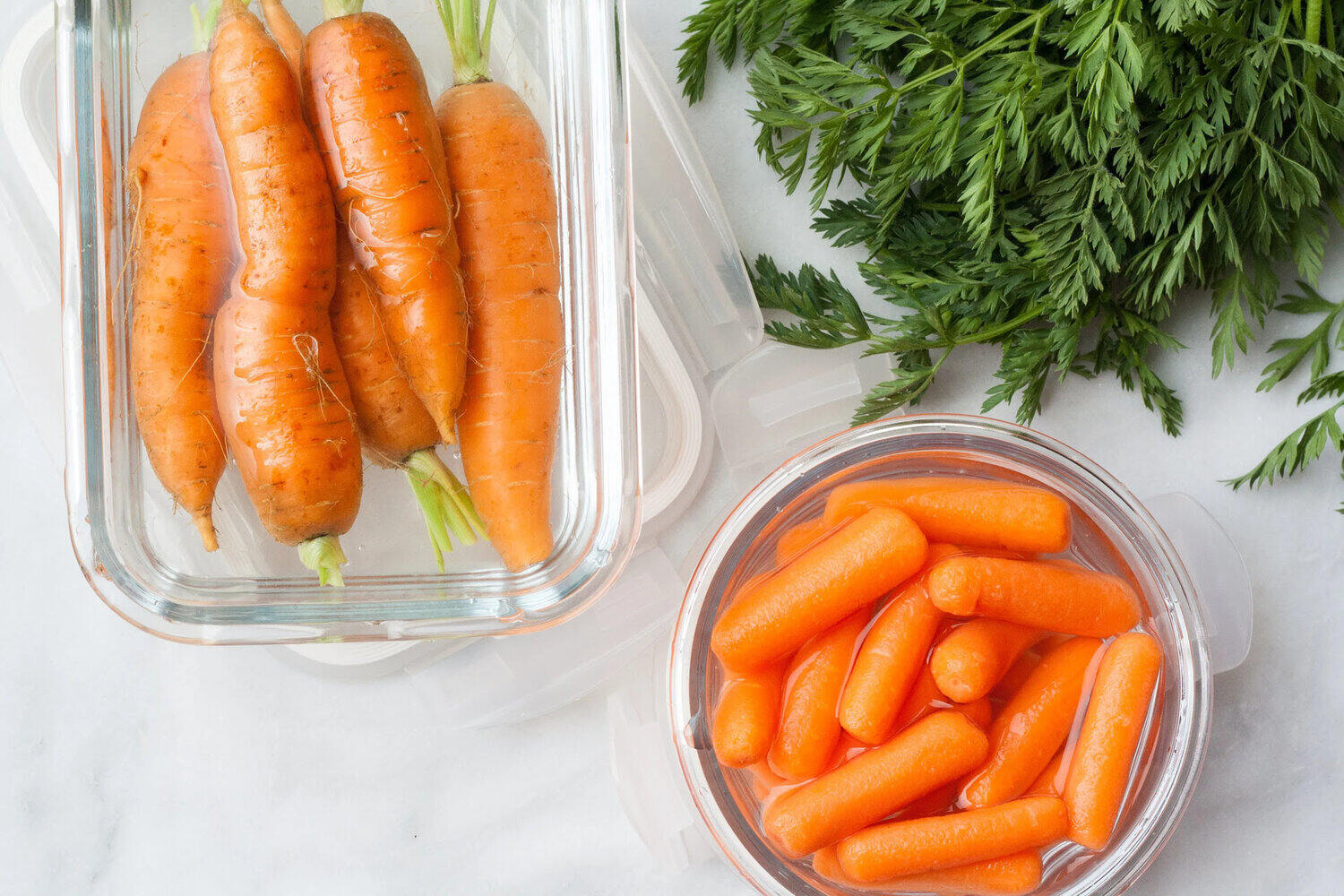
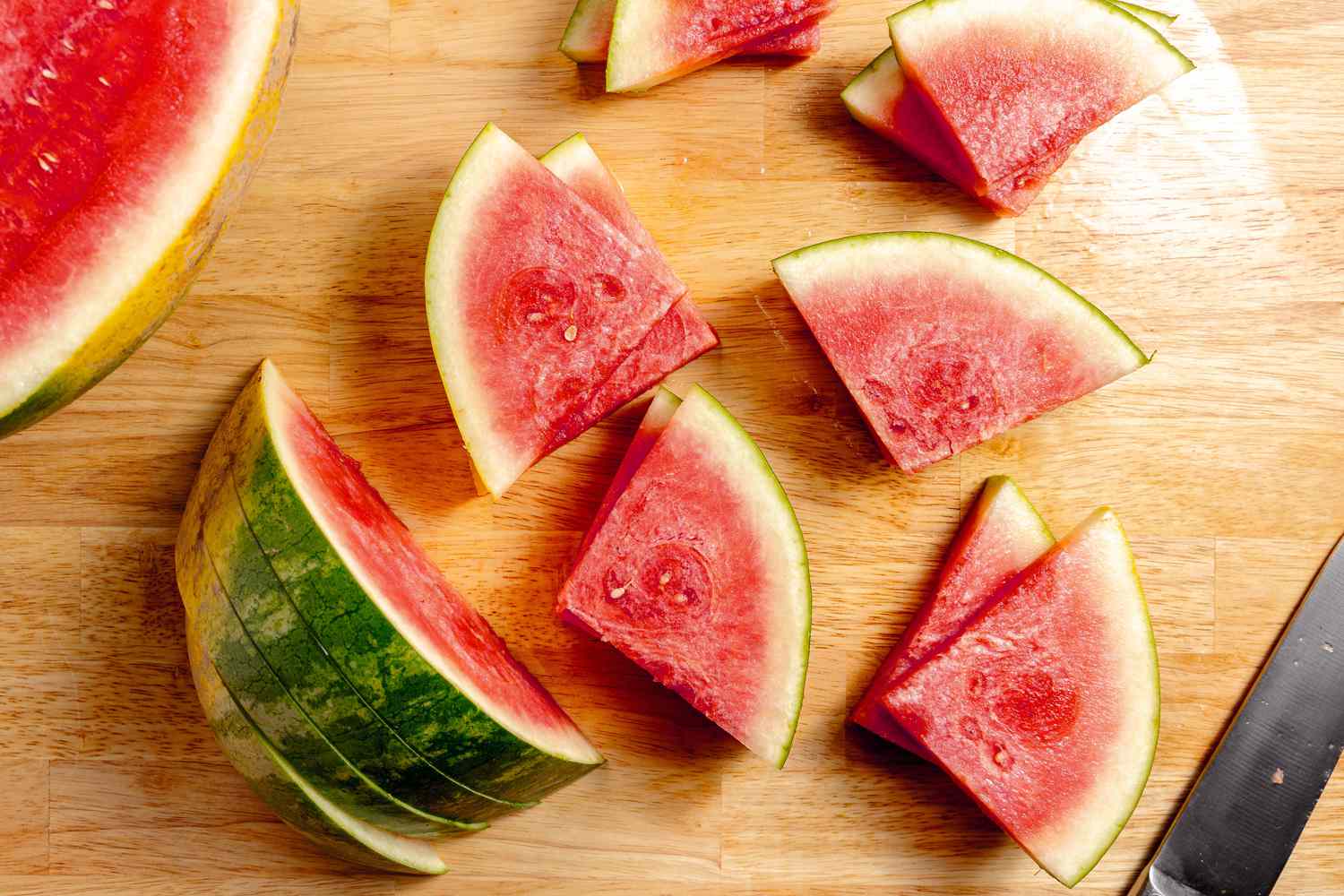
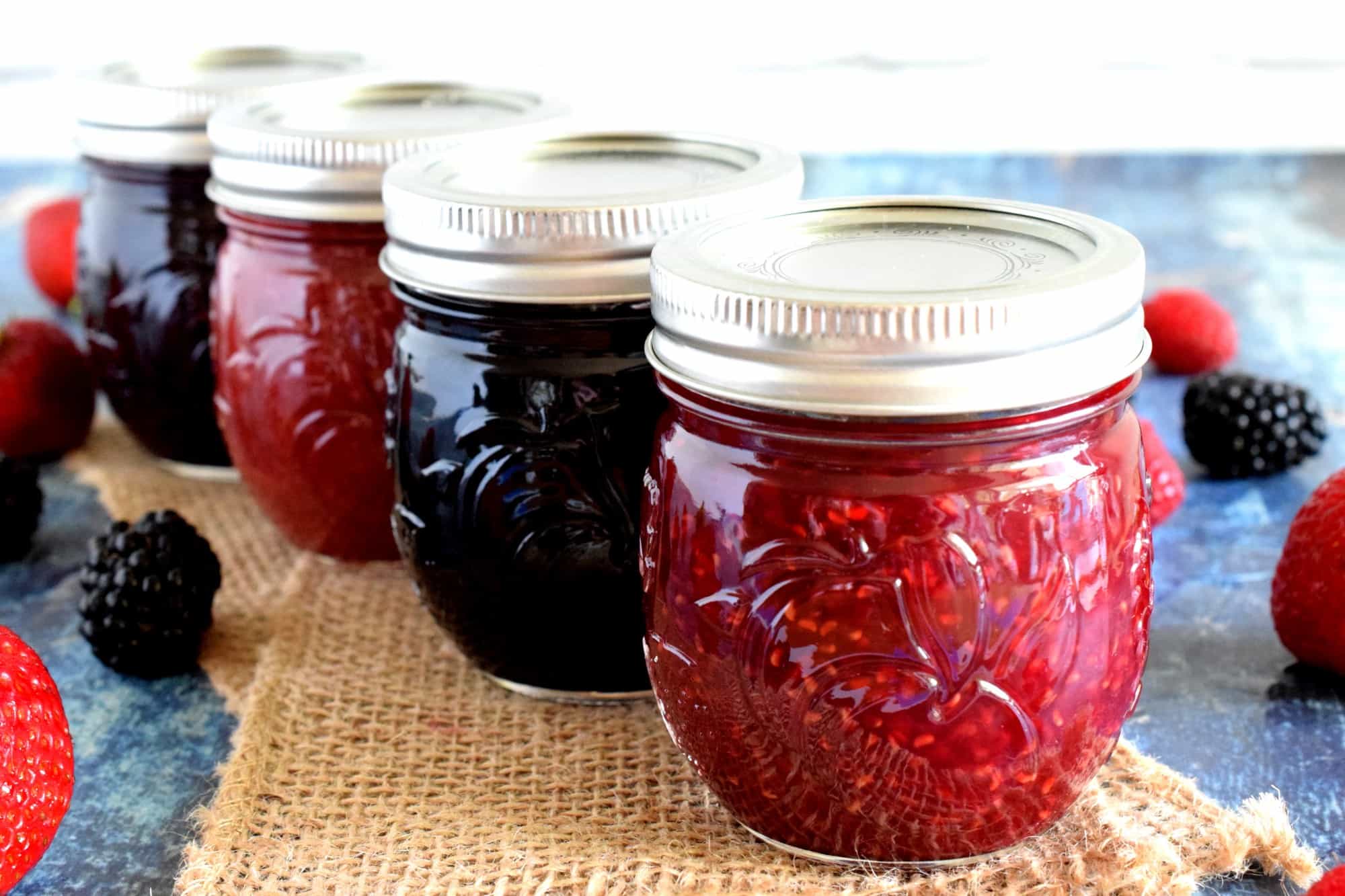
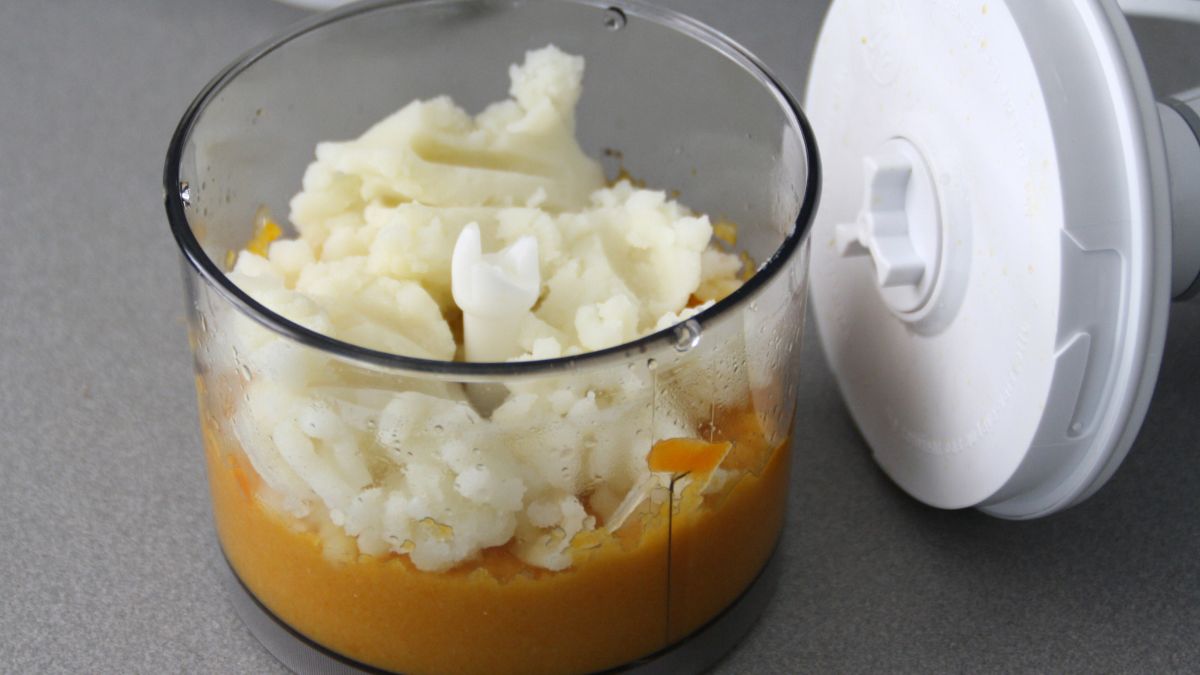
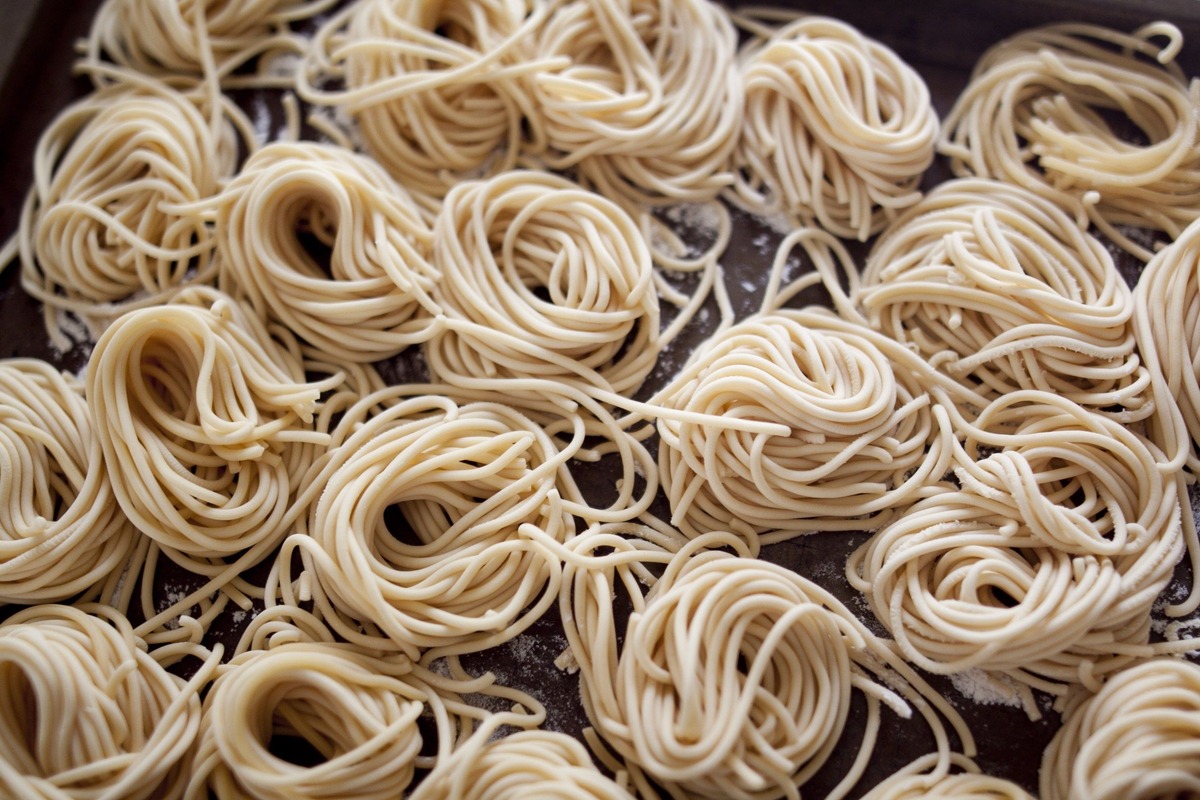
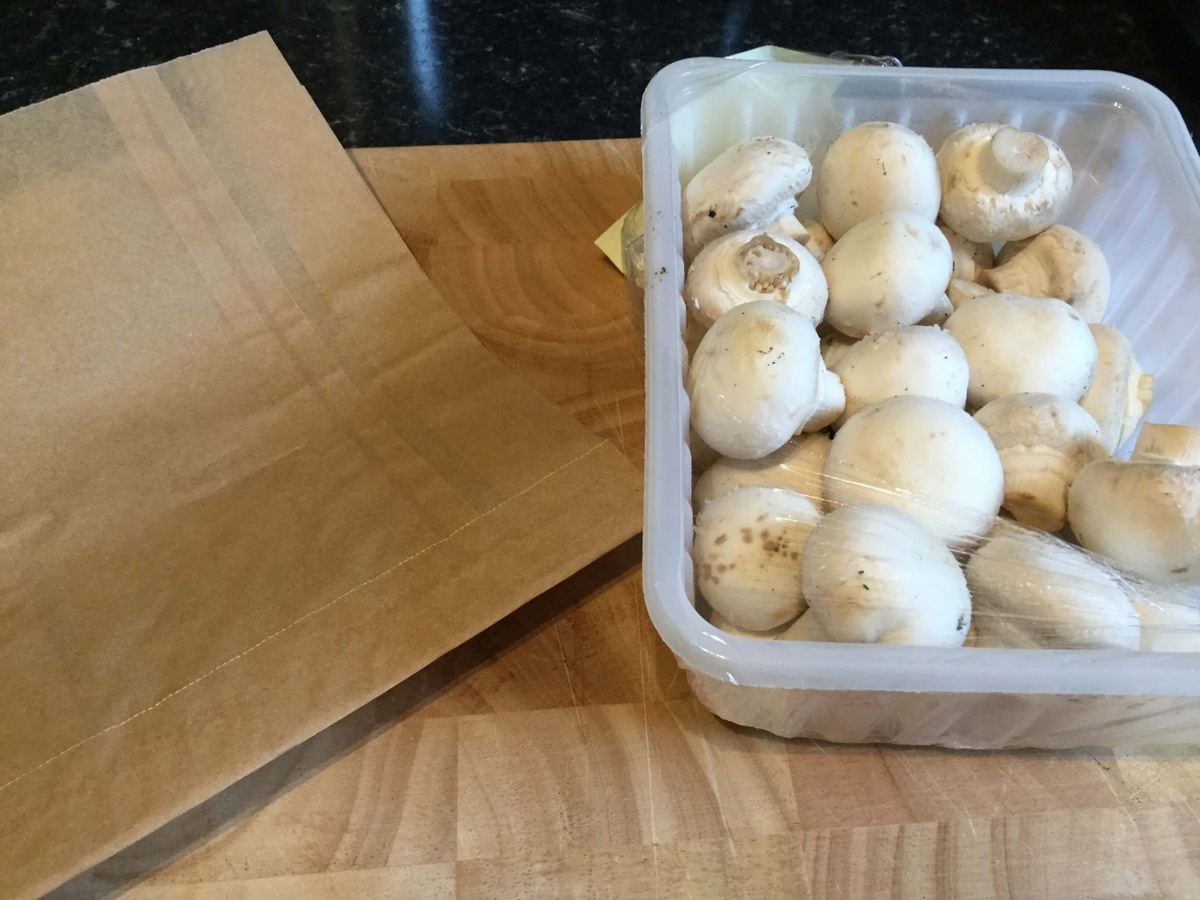
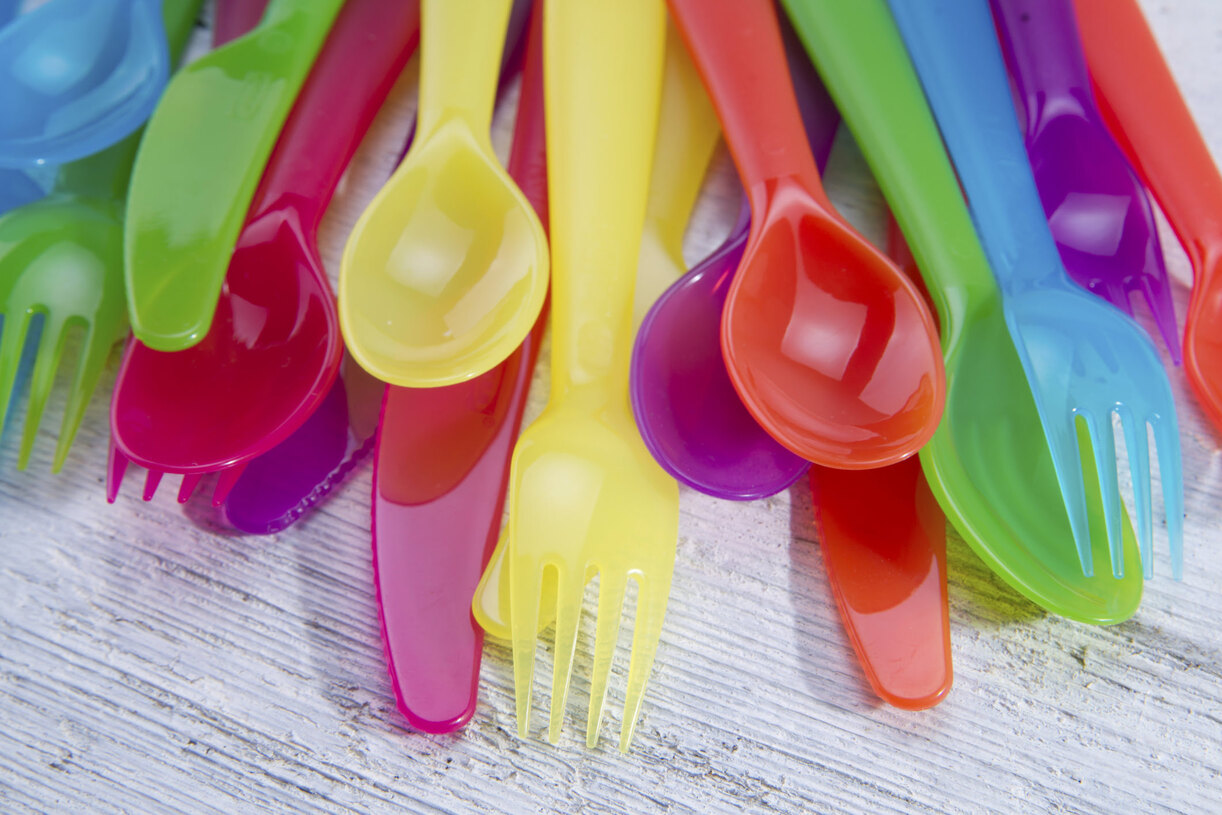
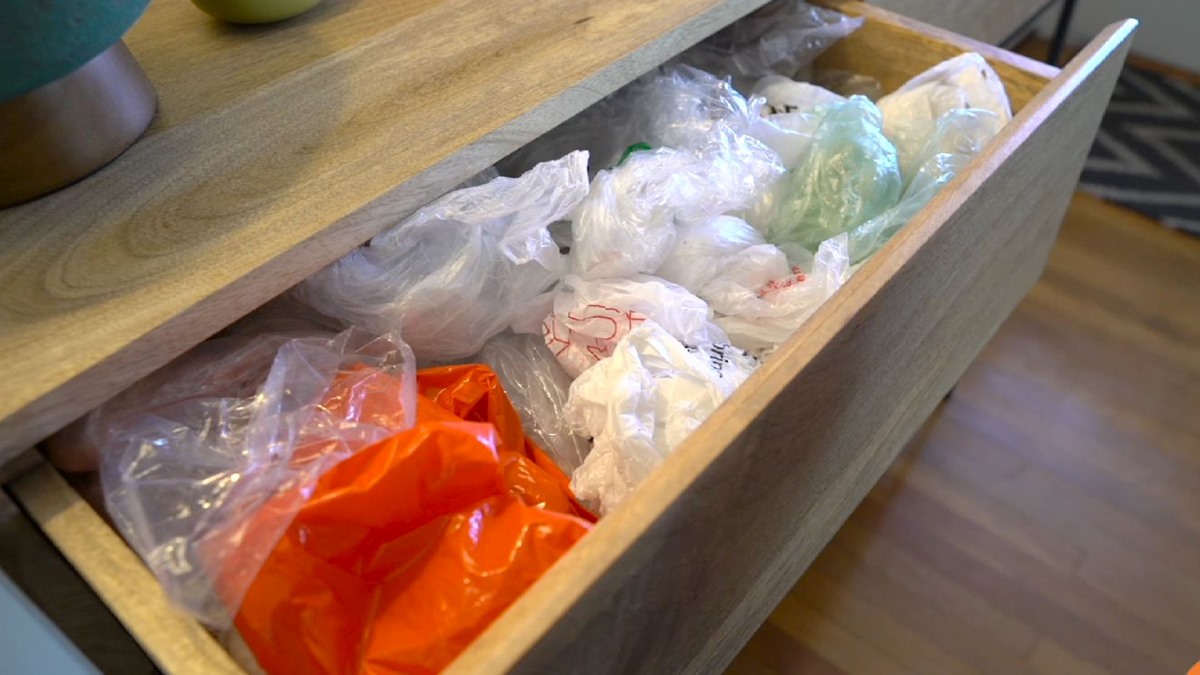
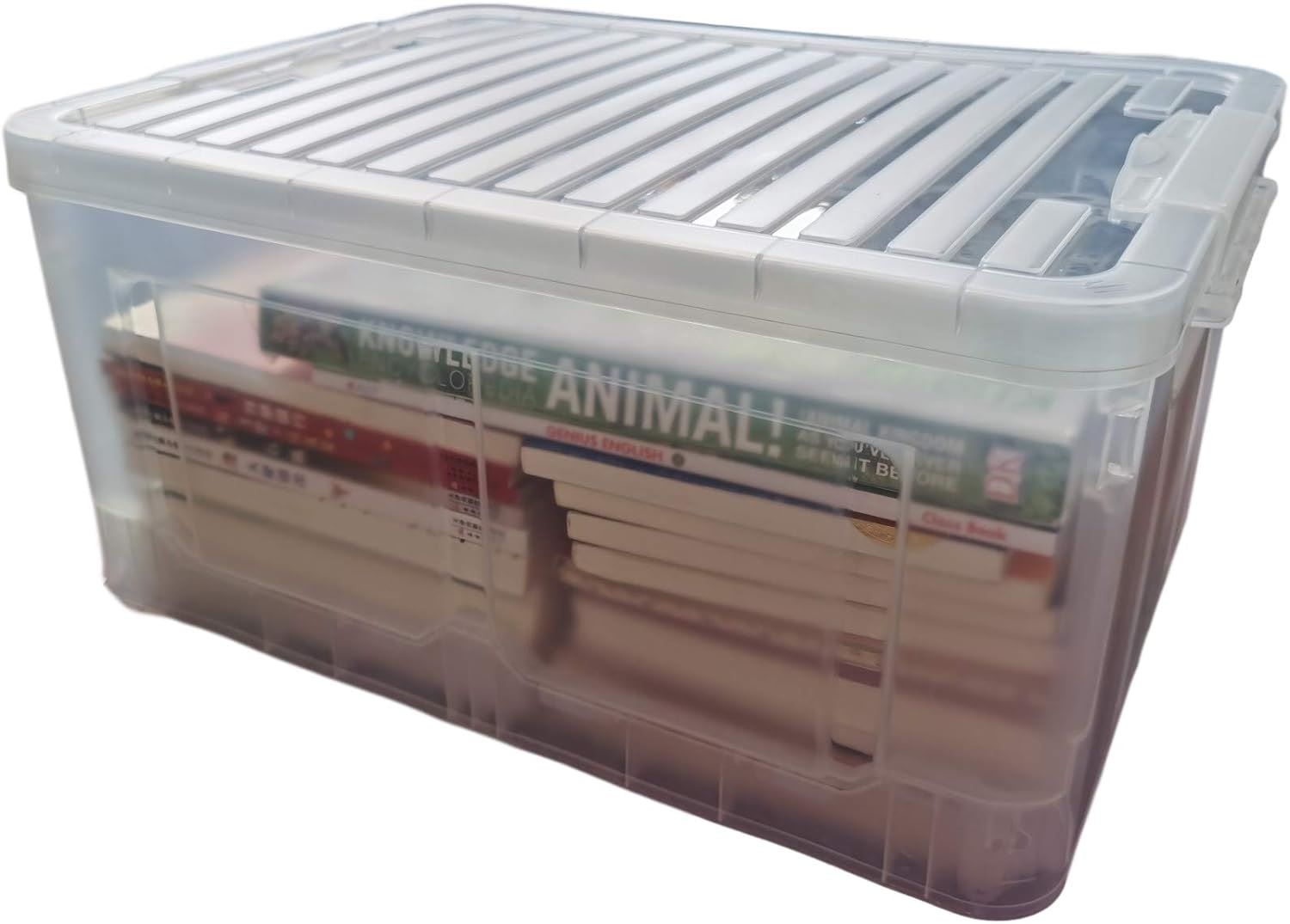
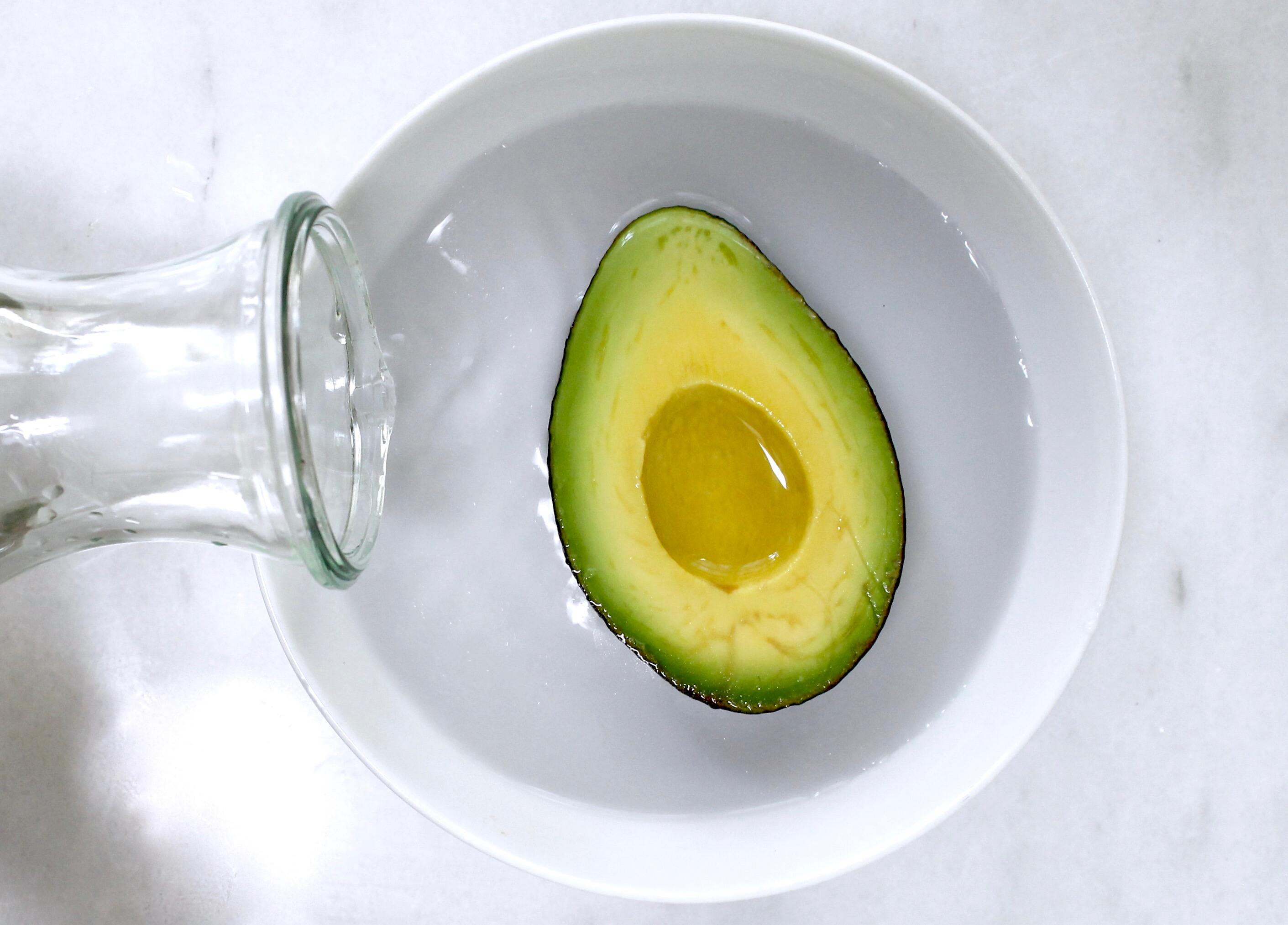

0 thoughts on “How To Store Food Without Plastic”